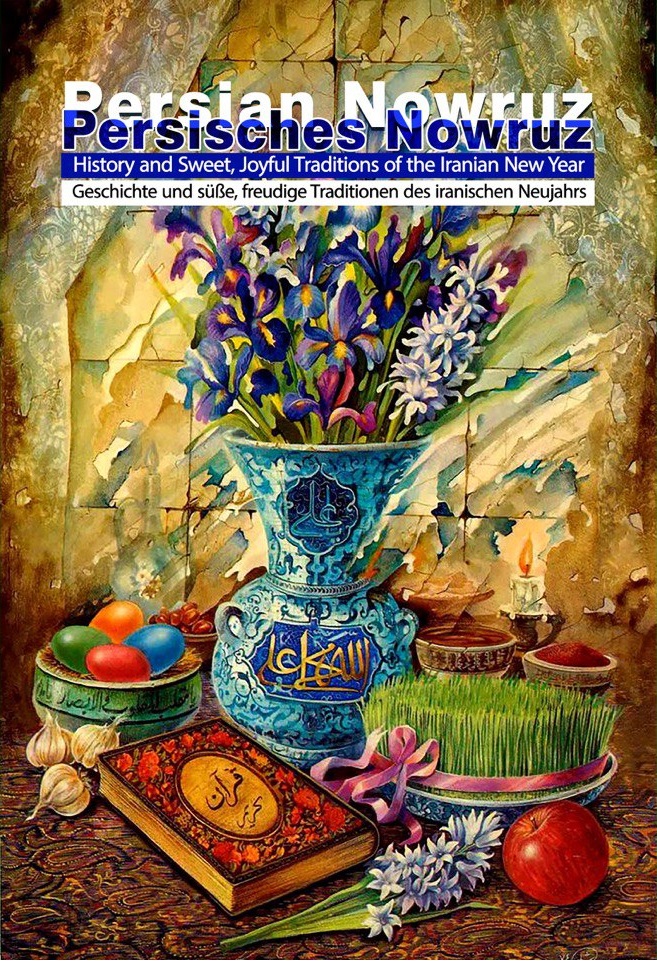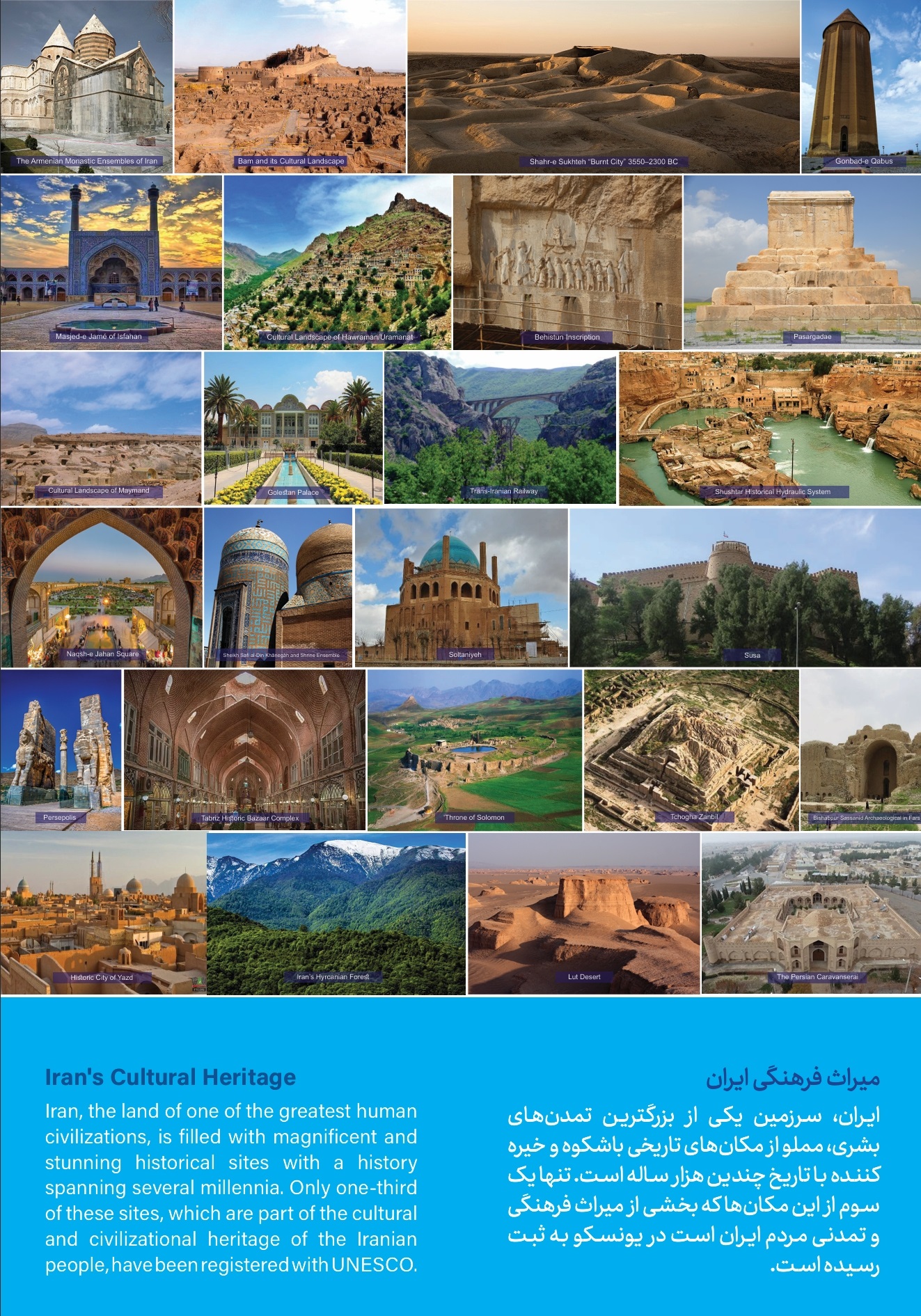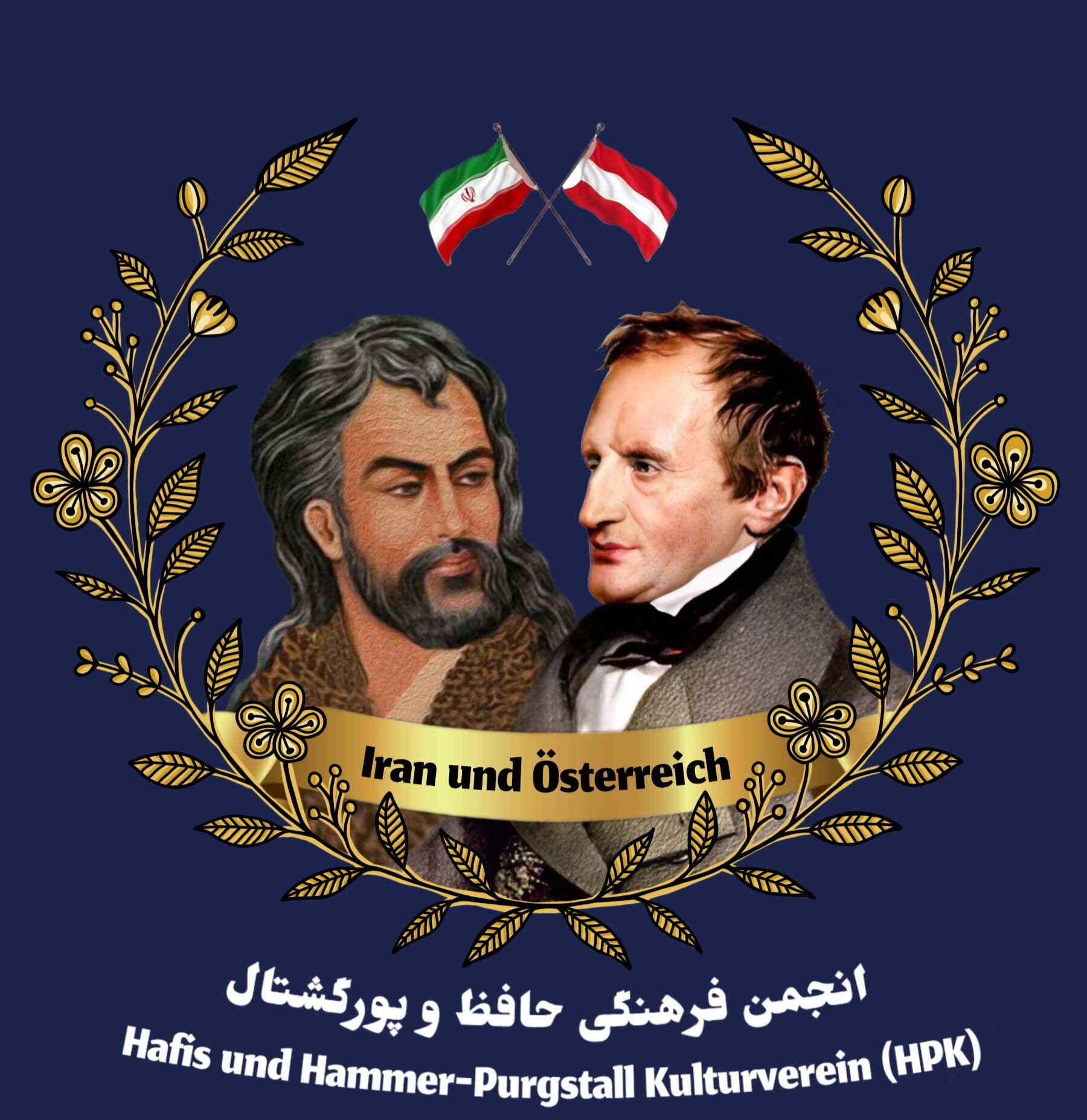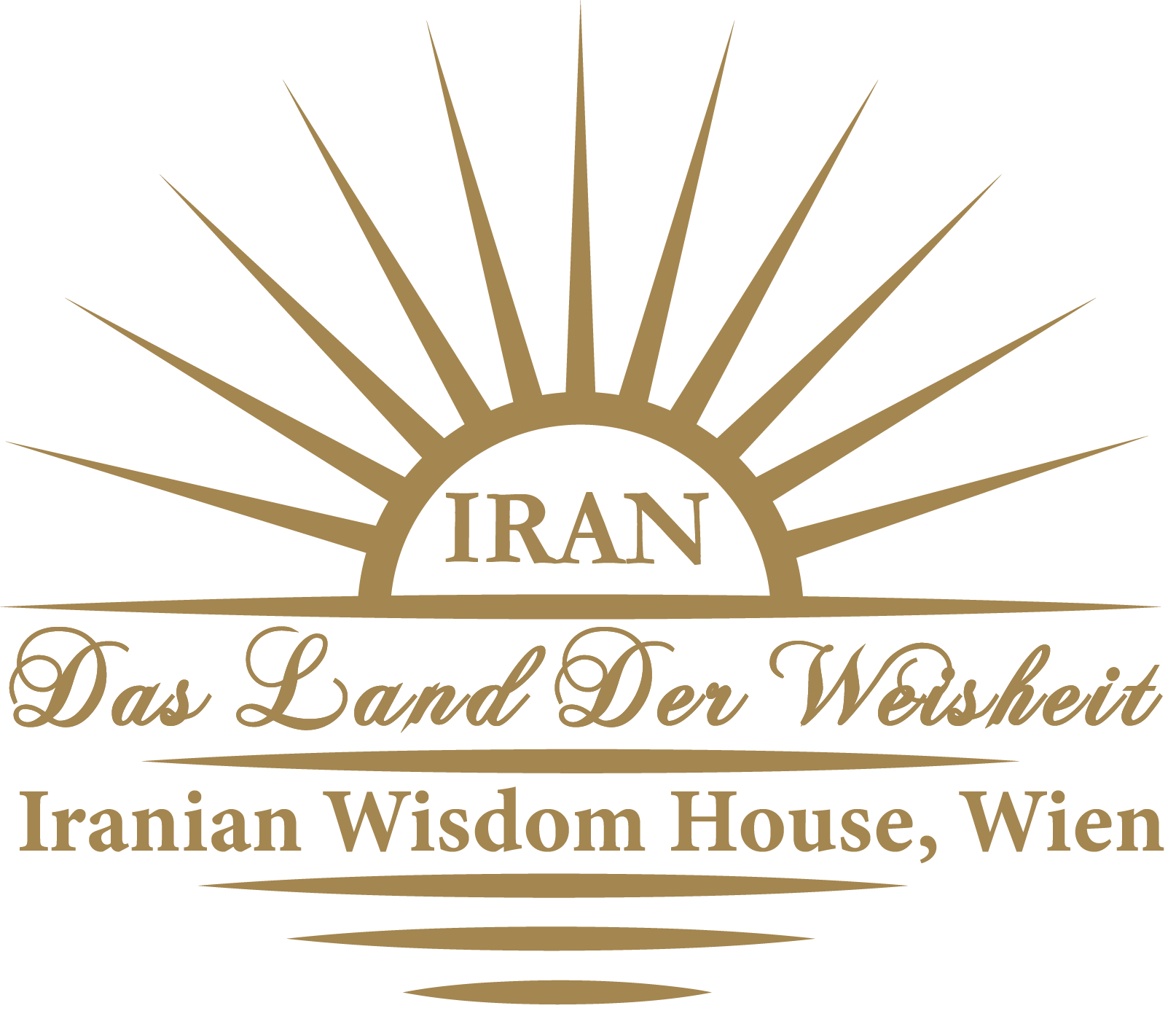Iran is located in Southwest Asia, bordered by the Caspian Sea to the north, the Persian Gulf and the Gulf of Oman to the south, and shares land borders with several countries, including Turkey, Iraq, Afghanistan, and Pakistan. Its diverse landscapes include mountains, deserts, and forests, contributing to its rich biodiversity.
Philosophical and Intellectual Legacy
Iran has a rich philosophical tradition dating back to ancient times, with significant contributions from thinkers like Zoroaster and later philosophers such as Avicenna (Ibn Sina), Al-Farabi, and Mulla Sadra. The Persian philosophical tradition blends with Islamic thought, leading to advancements in metaphysics.
Iran has a population of approximately 85 million people, making it one of the most populous countries in the Middle East. The population is ethnically diverse, with Persians, Kurds, Azeris, Arabs, Lurs, Baluchis, Turkmen, Gilaks, Mazandaranis, and others. The majority of the population practices Islam, primarily Shia Islam, which plays a significant role in the country’s culture and politics. at the same time, all ethnic groups in Iran, along with the Shia majority and the Sunni minority, live together as brothers and sisters in complete harmony and consider themselves an inseparable part of a united Iran.
Iran is renowned for its extensive archaeological sites and historical landmarks. Key attractions include:
– Persepolis: The ceremonial capital of the Achaemenid Empire, known for its grand architecture and intricate reliefs.
– Isfahan: Famous for its stunning Islamic architecture, including the Imam Mosque and the Sheikh Lotfallah Mosque, as well as its historic bridges.
– Shiraz: Home to the beautiful Nasir al-Mulk Mosque and the tombs of the Persian poets Hafez and Saadi.
– Yazd: Recognized for its unique desert architecture and Zoroastrian heritage, including the Towers of Silence.
– Kerman: Known for its ancient fortresses and the UNESCO-listed Lut Desert.
Iran has a profound historical legacy, known as the cradle of ancient civilizations. The region was home to the Elamites, Persians, and various other cultures. The Achaemenid Empire, founded by Cyrus the Great in the 6th century BCE, was one of the largest empires in history and introduced concepts of governance and human rights that have influenced later civilizations. Iran’s rich history includes notable dynasties such as the Sassanids, which further advanced art, architecture, and science.
The Wisdom House of Iranians in Vienna has published a detailed 29-page brochure introducing the rich tradition of Nowruz, the Persian New Year, in both English and German. This meticulously crafted brochure offers one of the most accurate and engaging explanations of the Nowruz celebration, which marks the beginning of the solar Hijri calendar.
The brochure delves into the cultural and historical significance of Nowruz, highlighting how Iranians and other nations within the greater Persianate civilization celebrate this age-old tradition. It provides a vivid description of the rituals, festivities, and deep-rooted symbolism associated with Nowruz, making it an invaluable resource for those seeking to understand this cultural treasure.
Availability:
Interested individuals can purchase the brochure by contacting the Wisdom House of Iranians in Vienna.
For further information, visit www.wisdomhouse.at (http://www.wisdomhouse.at/) or reach out directly to the center.




The House of Wisdom of Iranians in Vienna is an intellectual, philosophical, and scientific circle without borders, formed through the collaboration of a number of Iranian scholars residing in Austria, along with the support of European (particularly Austrian) scientists and thinkers. Its purpose is to engage in discussions, dialogues, and philosophical and scientific critiques.
© 2024 All Rights Reserved.